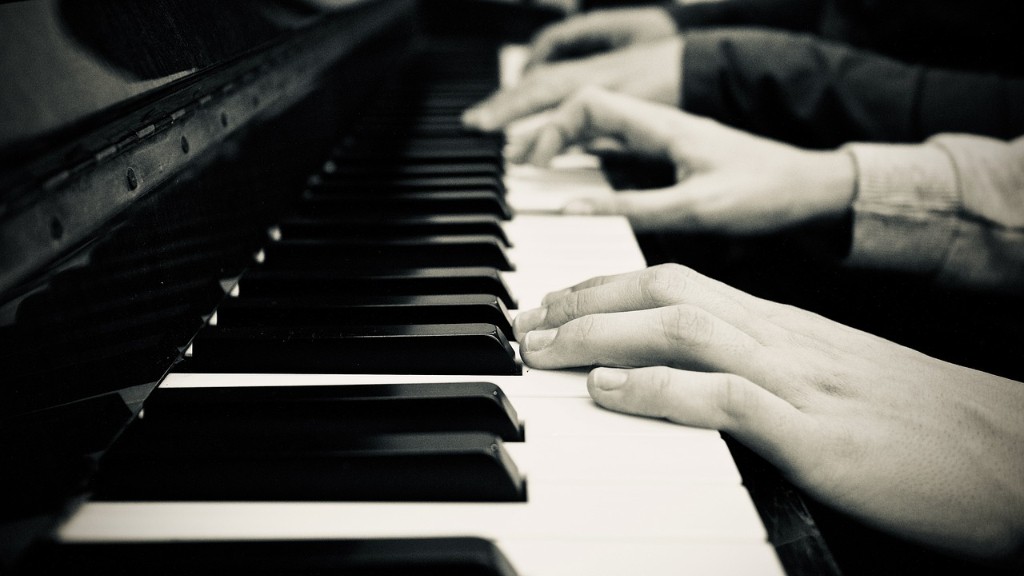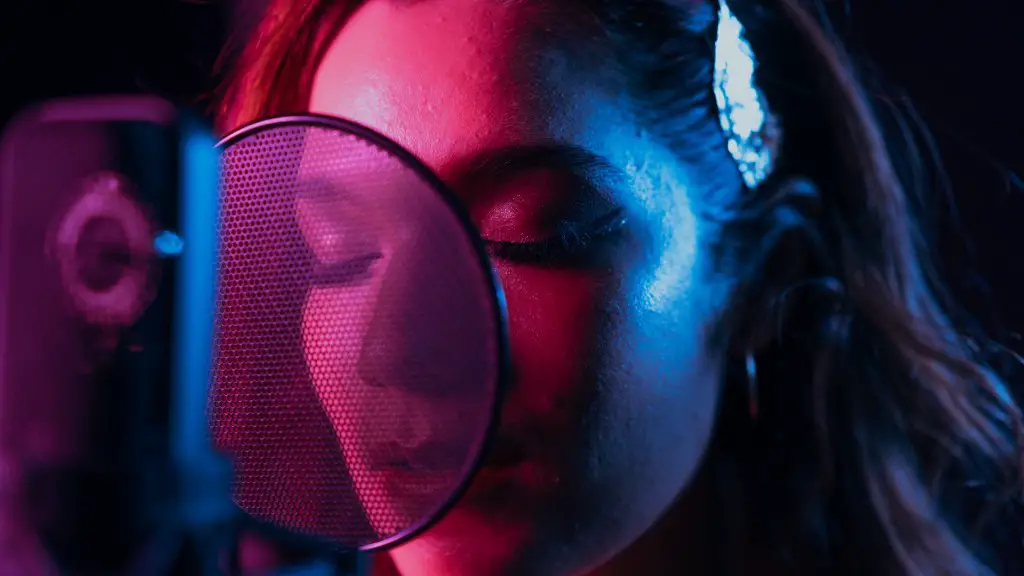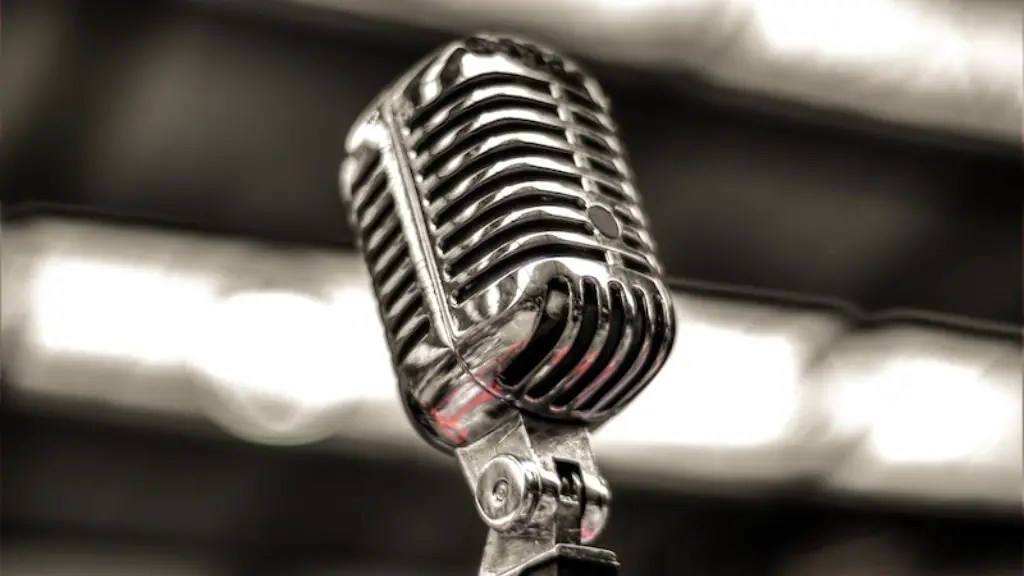If you’re looking to compose some truly scary music, there are a few things you’ll need to keep in mind. First, you’ll need to create a sense of unease and tension, which you can do by using minor key tonality, atonal melodies, and discordant harmonies. You’ll also need to make use of eerie sound effects and spooky instrumentation to really send a chill down your listener’s spine. With these elements in mind, let’s take a look at some specific tips on how to compose scary music that will send a shiver down anyone’s spine.
First, you’ll want to create a dark and menacing atmosphere. To do this, you’ll need to use a lot of low, sustained notes. Create a feeling of suspense by using long, drawn-out notes that build up tension. You can also use sharp, staccato notes to create a sense of foreboding. For added effect, add in some sound effects like screams or laughter.
How do composers make music scary?
Sound effects are a key element in creating a spooky atmosphere. Distant, creepy movements and eerie, haunting winds help to build the tension and suspense. Sound effects that mimic human fear, such as pulsing heartbeats and slow, heavy breathing, also increase the level of scariness. By using these sound effects, you can create a truly chilling experience for your listeners.
The minor key is often used to evoke feelings of sadness, negativity, and fear. This is because the minor key has a more somber and serious sound than the major key. When you hear a minor key, it can feel like something is going wrong, or that something terrible is about to happen. This is why the minor key is often used in horror movies and suspenseful TV shows. If you want to create a feeling of suspense or fear, using the minor key is a great way to do it.
What elements of music can make it sound scary
There are a few things that can make music scary. Eerie intervals can create a feeling of unease and throw the conventions of music harmony and theory into disarray. The disturbing Dies Irae can be used to create a feeling of dread, and intimidating instrumentation can add to the effect. The haunting human voice can be used to create a feeling of terror, and sinister silence can add to the feeling of unease.
A scare chord is a sudden, sharp sforzando of dissonance or sheer noise intended to make viewers jump clean out of their seats. It’s often used in horror movies to add an extra element of fear and suspense.
How does scary music affect the brain?
Hendler’s research suggests that when our eyes are closed, a region in our brain called the amygdala is fired up. The experience of scary music becomes more emotionally and physically intense. This suggests that our brain is hardwired to respond to scary stimuli, even when we can’t see what’s happening.
Chord clusters are basically chords containing a lot of close intervals. For example, a chord containing the notes D, E, F#, A and Bflat. Chord clusters are jarring and dissonant, and thus, perfect for horror Diminished chords.
What is the devils note?
In music, a tritone is an interval that consists of two notes that are three whole steps apart. This interval is not found in either the major or minor scales, and due to its discordant sound, it has been called “the Devil’s Chord.” The tritone interval can create a sense of tension and release when used in music, and can add an element of interest and suspense to a composition.
There is an interesting dichotomy between the brightness of the Lydian mode and the darkness of the Locrian mode. The Lydian mode, which is the brightest of the modes, has the brightest note as its 11th note. Conversely, the Locrian mode, which is the darkest of the modes, has the darkest note as its 5th note. This dichotomy between the two modes is fascinating and demonstrates the power of music to evoke different emotions.
What is the darkest sounding key
The key of E flat minor is often seen as the blackest of keys, due to its somber and anxious tones. However, Steblin argues that the key of A flat major is actually the key of death, which would have been recognized by composers of the time. This contrast between the two keys highlights the range of emotions that can be conveyed through music.
The Phrygian mode is often considered to be the scariest scale, due to its minor intervals and foreboding sound. This makes it perfect for heavy metal music, which often deals with dark and suspenseful themes. If you’re looking to create a sense of unease or terror in your music, the Phrygian mode is a great choice.
What makes sounds unsettling?
Non-linear sounds are unsettling because they have rapidly changing frequencies and non-standard harmonies. Animal cries and screams are the most common non-linear sounds in nature, and our early ancestors had good reason to be afraid of them.
The waterphone is a unique instrument that has been used to create spooky sounds in many of the best horror movies. By using different techniques, the waterphone can create sounds that resemble those of dolphins and whales, which can be very effective in setting the mood for a horror movie.
What is the scariest minor key
Harmonic minor is the darkest of conventional minor scales. You can make scary music by playing just the scale (see Bach’s Toccata below) or play it over chords.
These are the most evil chords in music because they are the most dissonant and unsettling. They create a feeling of unease and tension that can be truly chilling. These chords are often used in horror movies and suspenseful scenes to heighten the sense of fear and dread. So if you’re looking to create a truly sinister sounding piece of music, be sure to use these chords!
Why is minor key creepy?
The tonic (C) is the strongest note and draws more of our attention, so minor chords like this trigger more sensory dissonance, a kind of tension that stems from the clashing of closely spaced frequencies. This tension is what gives minor chords their emotive power.
There are a number of studies that suggest that music can have a lasting impact on our mood, often increasing levels of depression or anxiety. Certain songs, lyrics, and genres of music are more likely to intensify these feelings, sometimes just as much or more than outside stressors and environmental factors. It’s important to be aware of this when choosing what music to listen to, especially if you’re already dealing with mental health issues. If you’re feeling down, it may be best to avoid anything that could make you feel worse.
How do you make suspense music
Suspense can be built in a piece of music by using various techniques to create an atmosphere of mystery and confusion. Alternating between major and minor chords, or using clashing chords, can add to the sense of suspense. Adding delay or reverb can also help to create a more suspenseful atmosphere.
When we watch a scary movie, we tend to feel a sense of fear or anxiety. However, there is also a sense of enjoyment that comes from this feeling. This is because the feeling of fear or anxiety also triggers a release of dopamine in the brain. Dopamine is a chemical that controls our feelings of pleasure and well-being. Therefore, when we watch a scary movie and feel a sense of fear or anxiety, we also experience a sense of pleasure and well-being. Hollywood sound engineers are masters at manipulating this feeling of fear and then release, which is why we enjoy watching scary movies.
Conclusion
1. Start with a slow, eerie melody.
2. Add in some sharp, discordant notes.
3. Make the rhythm erratic and unsettling.
4. Build to a crescendo of suspense.
5. Add in ghostly sound effects for extra scares!
Scary music is not always about being loud and jarring. In fact, some of the most spine-tingling tunes are very delicate and quiet. The key to creating scary music is to create an atmosphere of unease and suspense. Whether it’s a creaking door, a howling wind, or a simple piano melody, the key is to evoke a feeling of impending doom.



